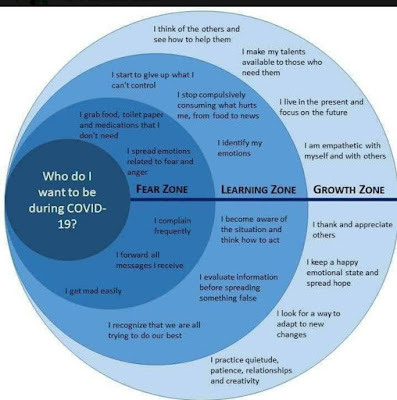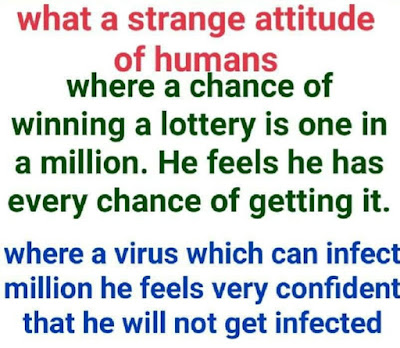“Lost Children” is a modern thriller – a superb debut - by Willa Bergman. She has etched it fascinatingly with her wisdom and imagination. It’s about a stolen portrait of a prince - “Lost Child” - with ~400 years of history, worth 5 million pounds.
The painting provided
King Louis XIII of France with much comfort and held an enduring place in both
the King and Queen Anne-Marie's hearts.
"… my nightmares. That’s the reason I stand apart from the world. That’s the reason I am the way I am.”
Elle is in a peculiar situation as the painting can open Pandora’s box digging up a murky past, but she has no alternative. She knows that every woman is an architect of her own destiny. She encounters many hurdles from merciless enemies. Conflicts and mysteries unfold. Elle is caught in unimaginable surprises. Her family is in jeopardy.
How is she going to do it?
The story from Elle's perspective revolves around her
aristocratic childhood in a beautiful French chateau, besides taking us to London
and New York.
Willa has carefully laid the foundation. Her matter-of-fact lucid writing style, as clear as crystal, appealed to me:
To me, art is a creation in the same way that some higher power created us and it can have depth and meaning in a way that we so often struggle to find in our own lives.
She has graphically portrayed the art world with authenticity:
First, they would use infra-red reflectography to examine the ageing of the painting, then stereoscopic checks for the pigments and the depth of the craquelure, then monochromatic lights to check for signs of restoration work and finally infra-red spectroscopy to check for consistency of the materials used in the period.
Willa has professionally captured the auction office emotions, especially the insecurity feelings of employees to remain competitive. I could relate it to real corporate world culture.
Willa has done a tremendous job in detailed character development, their motivations, with brilliantly structured story-flow and well-formed background story. I liked her depiction of Elle:
I love my mother unconditionally. I know she isn’t perfect but she’s never had anything but kindness in her.
Portrayed Elle is smart, intelligent, aggressive yet flexible, practical, tactful, technology-driven, and straightforward. Though I felt Elle’s characterisation bordered on unrealism, I liked Elle's extraordinary characteristics:
v Clever ability to read a person’s motives – as sharp as a razor mind - to clear the obstacles with the right involvement of people at the right time, at the right place.
v Adapting to the situations
v Undespairing attitude
v Negotiating skills - Everyone knows you’re the best negotiator Elle, no one says no to you, all that game theory voodoo and mind games.
v A great risk-taker with the belief -- fortune favours the brave type -- If I don’t leave this apartment in the next thirty minutes they will be coming in and if you kill me they’ll be coming after you with a murder charge.
Dissatisfaction:
v Unemphatic, implausible and contrived sequences.
v The ineptness of some characters.
v Slow start and underdeveloped, predictable anticlimactic conclusion.
However, on
the whole, the story progressed well, giving me thrilling moments, especially after
Elle’s clever ploy to trap a traitor. The beauty is you
cannot imagine the real antagonist, and you will be wonderstruck when revealed!
Willa’s elegant storytelling and creative grip have ensured the book’s entertainment value. It delivers!
Great art survives us, it is immortal. We by comparison are mere passers-by, temporary custodians that are but brief flickers of light in the darkness. Great art is like Keats’ Grecian urn. He was inspired to write it by a vase made by the Athenian sculptor Sosibios, a Neo-Attic marble volute krater that he saw in the Louvre in Paris which still sits there today, still unravish’d.
Yes and true!




















